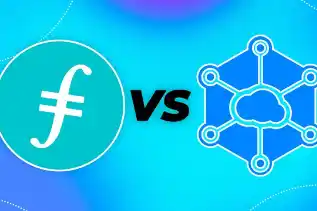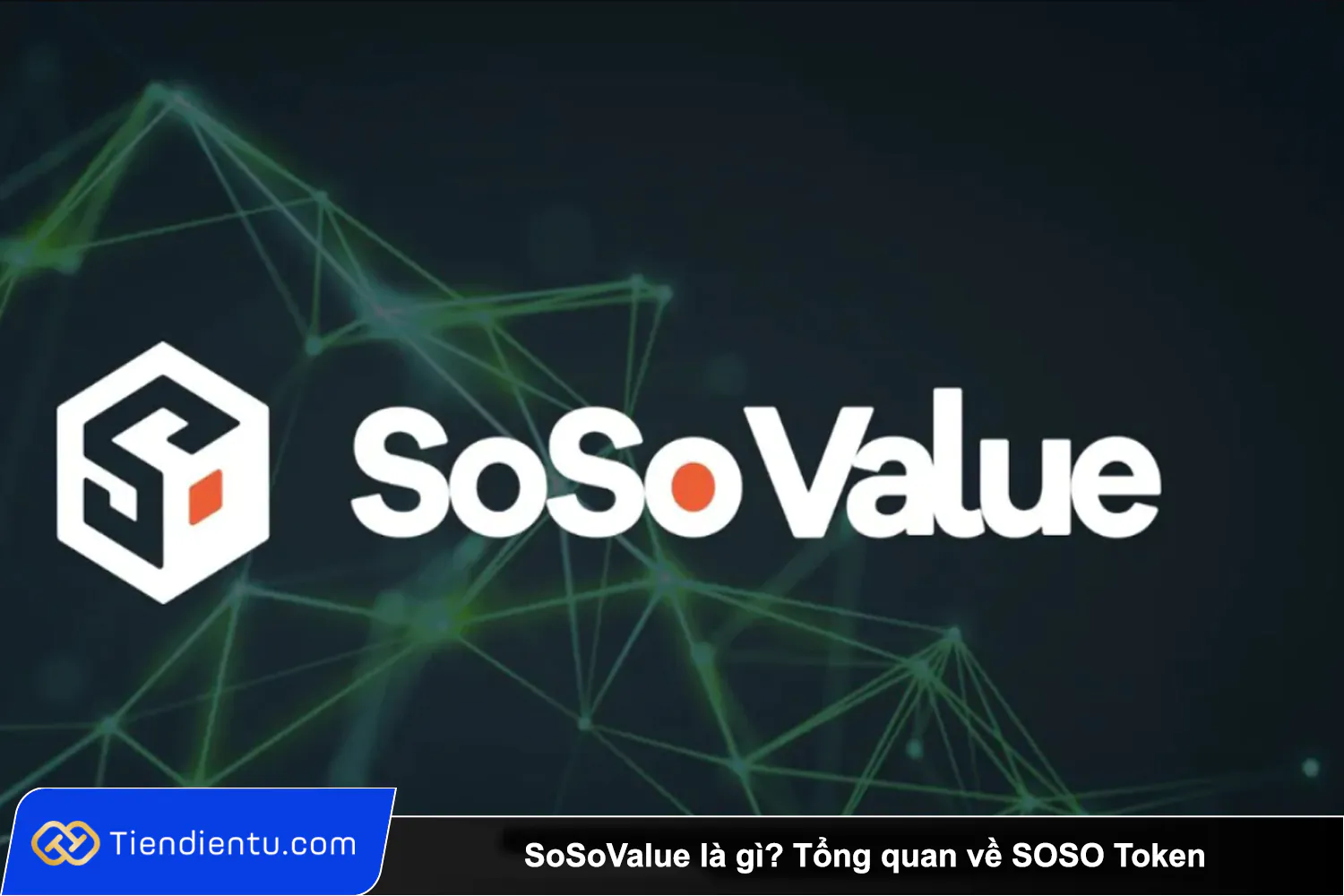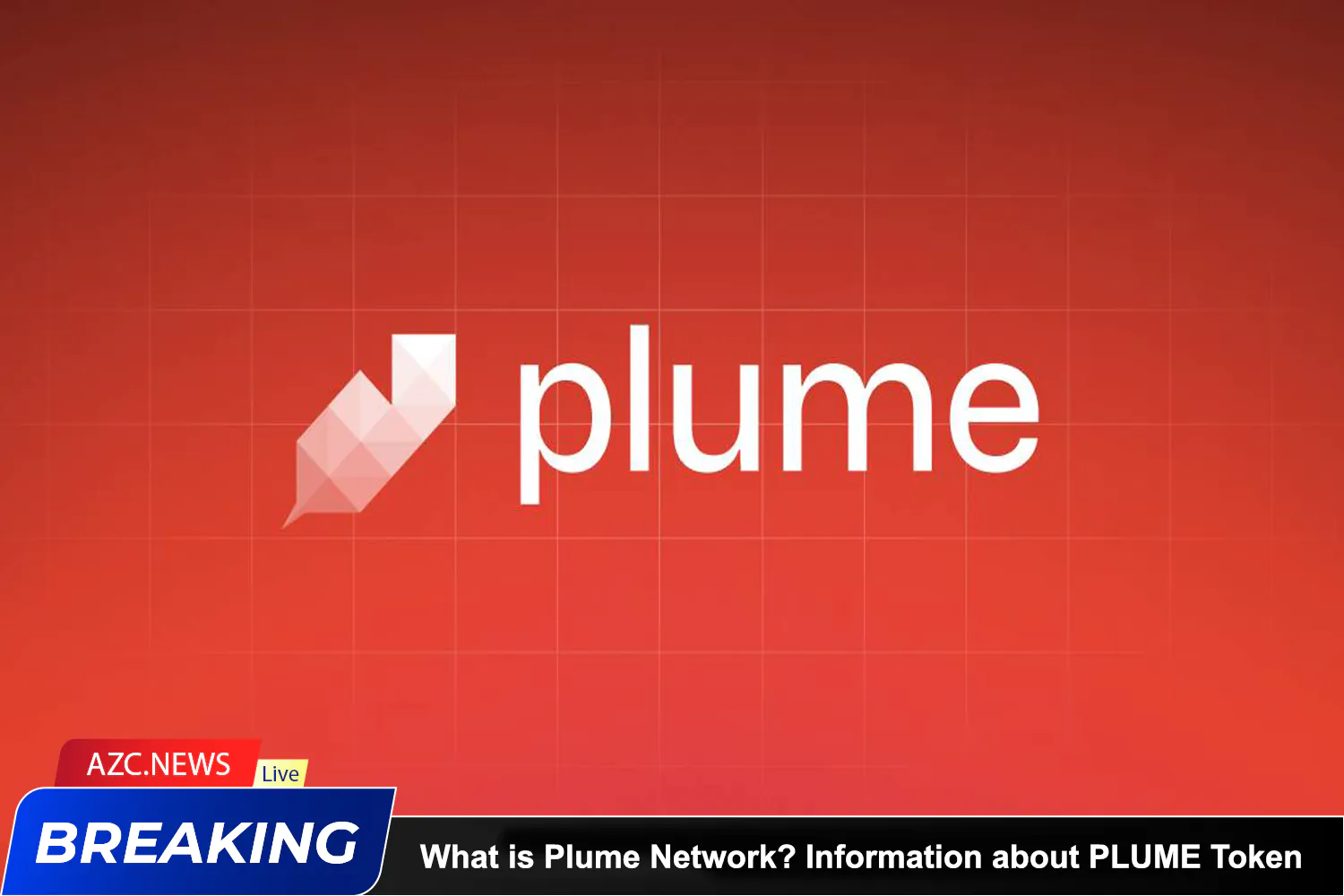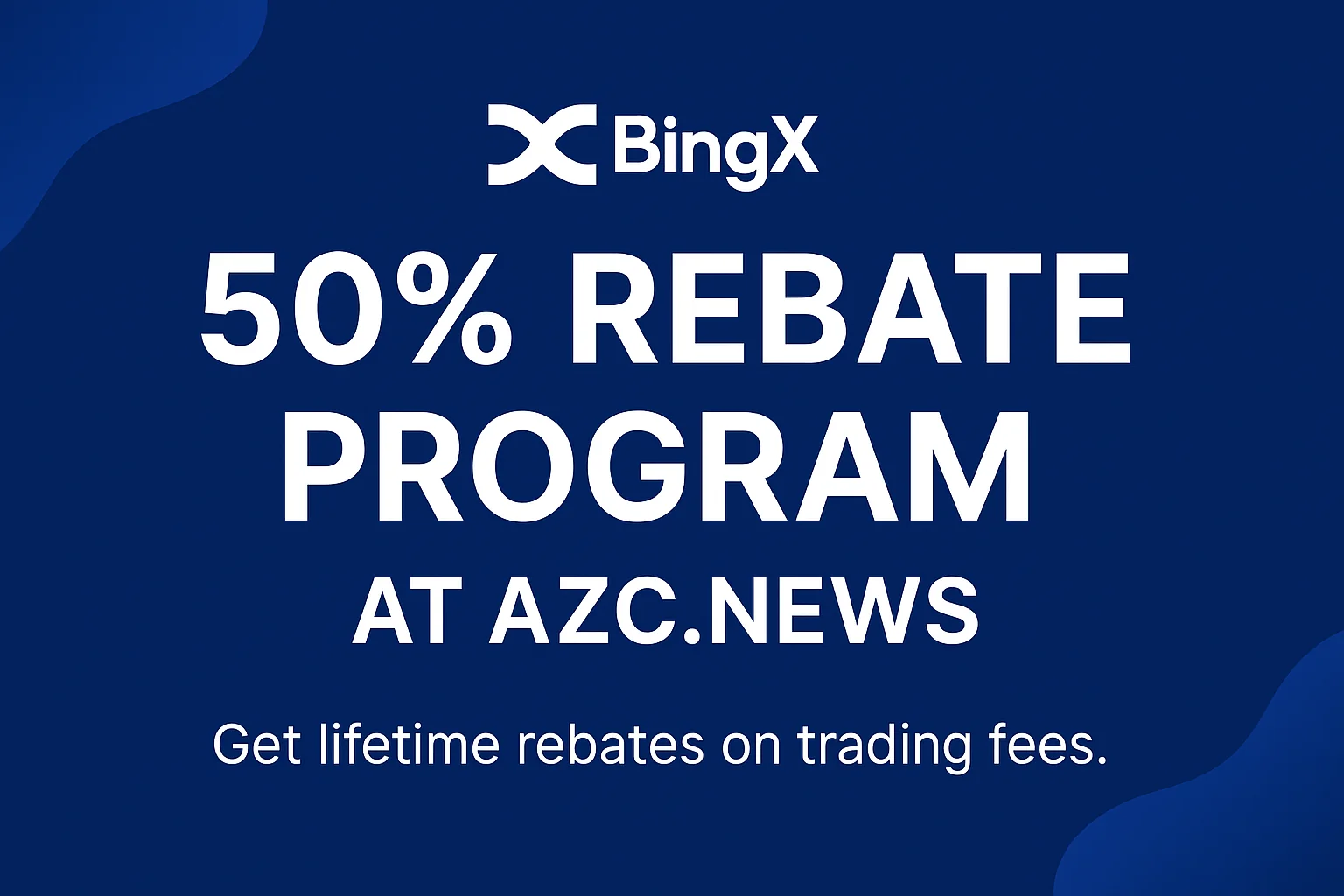Decentralized Storage is a system in which each part stores a part of data, these components work together and form a decentralized storage network. Helps users store data much more safely and securely than Centralized Storage. Among Decentralized Storage, there are two prominent projects: Storj and Filecoin. Today, join us to learn about these two outstanding projects through the analysis below
What is Storj?
Storj is a provider of decentralized cloud storage services. It aims to compete with centralized cloud storage providers. Storj’s operation is straightforward: you upload a file to the Storj network, and it gets stored on multiple nodes worldwide.
This means that your data is less likely to be affected when a node or some service temporarily stops working, creating a more reliable cloud storage system compared to centralized cloud storage solutions.
What is Filecoin?
Filecoin is the first token built on the infrastructure of the InterPlanetary File System (IPFS). It is a decentralized network for storing and sharing files. Unlike Storj, which is a storage service based on a centralized cloud model, IPFS is an efficient distributed file system, especially as its scale increases. IPFS utilizes the second layer of the InterPlanetary File System (IPFS).
Filecoin includes a blockchain and its native cryptocurrency (FIL). Storage service providers receive FIL as compensation for storing files. The Filecoin blockchain records transactions related to sending and receiving FIL while storing evidence from storage service providers, proving that they are correctly storing their files.
Storj and Filecoin: Similarities
Storj and Filecoin are both decentralized storage networks, allowing users to store and access data without the need for concentration from a single organization. Both use encryption technology and distributed ledger systems to ensure the security and integrity of files. Both also support transactions between service providers and their users.
Filecoin is designed with a free-market comparison where customers and data providers can interact automatically. In contrast, Storj uses a marketplace model where customers pay fees to the platform to receive their data and services.
Both do not charge for data transfer. Storj accepts direct payments from users, while Filecoin uses its blockchain to address service and payment-related issues.
Storj and Filecoin: Differences
Filecoin represents a blockchain-based storage solution, similar to Storj. However, Filecoin does not directly share files between users but instead uses its proprietary software. To upload files to the Filecoin network and earn corresponding rewards (called “Filecoin tokens”), users need to run Filecoin’s software on their personal computers.
Storj also uses a proprietary protocol, while Filecoin opts for the InterPlanetary File System (IPFS) protocol. This gives Filecoin higher compatibility with many IPFS-supporting applications and tools.
While Filecoin applies the Elliptic Curve (EC) algorithm, Storj relies on the Ethereum blockchain. In a world pursuing decentralization, Filecoin provides decentralized storage services. Filecoin’s Initial Coin Offering (ICO) raised $257 million, while Storj’s ICO only reached $30 million. With continuous development, Filecoin continues to have more opportunities to expand and provide larger services to the community.
Related: What Is Ethereum (ETH)? An Overview of the ETH Project
Storj and Filecoin Tokens
The FIL token has the following use cases:
• Payment within the network
• Rewards for contributing to projects
• Access fees
• Staking/Slashing
• Gas fees
The STORJ token has the following main uses:
• Payment within the network
• Compensation for storage nodes
• Providing to partners with large demands as an incentive to expand the network
• Medium of exchange in the Non-Tardigrade Networks
Conclusion
If the benefits of decentralized storage are essential to you, then Storj and Filecoin could be the most suitable choices. You might even want to use them together! Both offer similar features but have different approaches when it comes to their technology. The important thing is to find what fits your needs and budget best.







